Discover a professional 3D printing powder supplier
Aluminum-based 3D Printing Powder
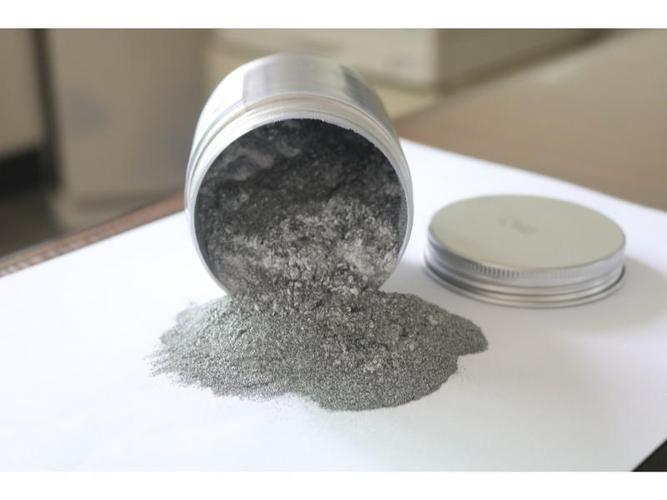
Ultrapure 90% Titanium Aluminum Carbide Ti3AlC2 Max Powder with Factory -Same Day Priority Shipping
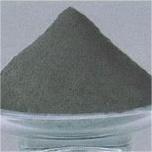
Riton Industrial grade metal 3d printer TI-150 industrial Industrial grade metal 3d printer titanium powder printer
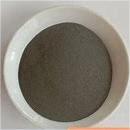
Tc4 3d SLS Powder Spherical Titanium Ti6al4v TiAlV Alloy Ti-6Al-4V Powder For 3d printing HRTI PM03 3DP
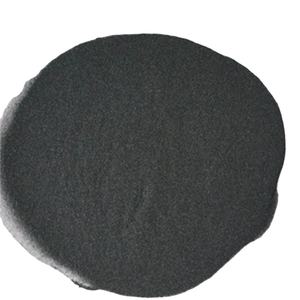
Premium Grade IN718 Nickel Alloy Spherical Powder Inconel 718 Superalloy For Additive Manufacturing 3D Printing, Aerospace
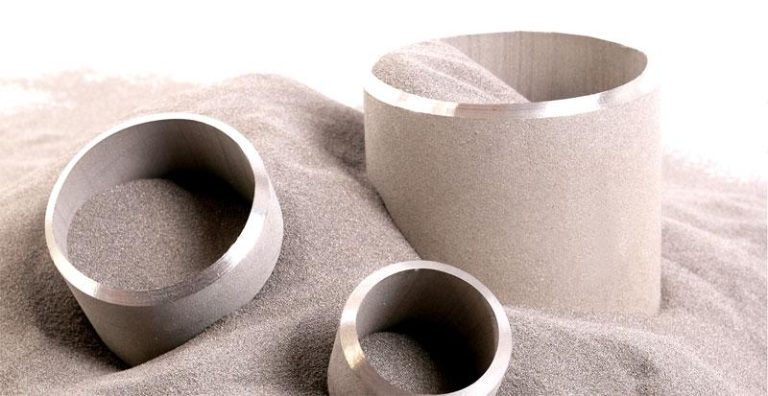
3D metal printer PF-M280 SLM Precise dimensional precision, high strength, high mass density
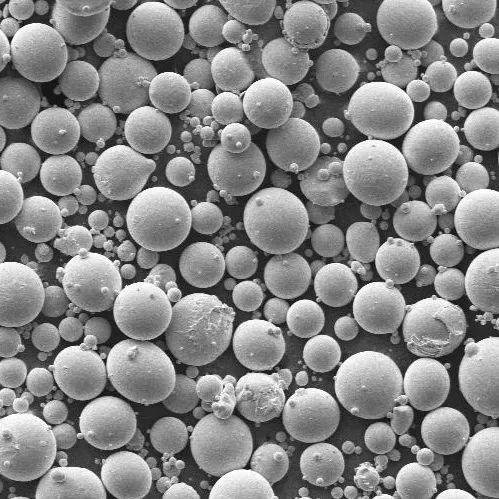
TC4 Powder Titanium alloy powder Ti6Al4V Powder
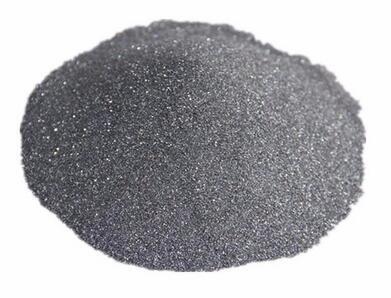
410L 304L 316L 3D-printers metal powder Spherical alloy stainless steel powder for MIM tool set
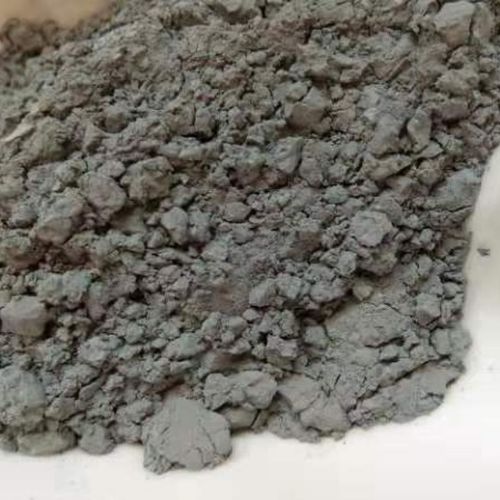
Spherical Nickel-Based Alloy Powder 15-53um 3D Printing Powder Metallurgy Powder s For Electrode Materials
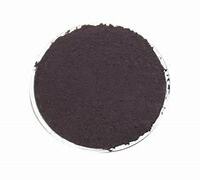
OEM Machining Metal 3d Printing Production Custom Aluminum CNC Machining Parts
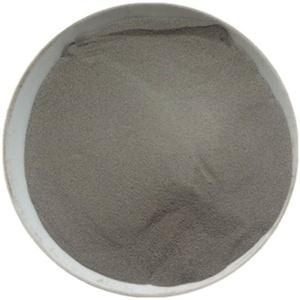
Professional High Precision and High Quality SLS/SLM/SLA 2D 3D 5 Axis Accessories Manufacture Printing Service
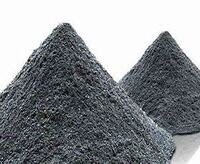
KAIERWO Custom Plastic Injection Mould Prototype 3D Printing Service Electrical Equipment Plastic Injection Molding
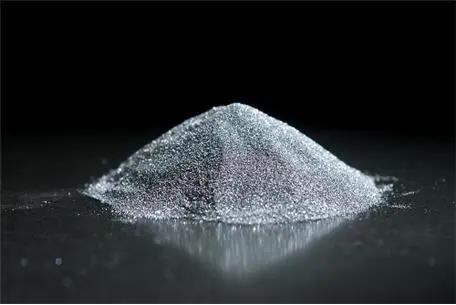
Hot Additive Manufacturing AlSi10Mg 3D printing metal powder AlSi10Mg Aluminum Alloy Powder
Introduction to aluminum-based 3D printing powder
Aluminum-based 3D printing powder is a metal powder material used for additive manufacturing (such as SLM, SLS and other processes), the main components of which are aluminum and its alloys (such as AlSi10Mg, Al6061, etc.). It has lightweight, high strength and good thermal conductivity, and is widely used in aerospace, automotive and electronics fields.
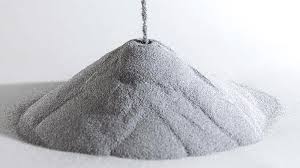
Characteristics of aluminum-based 3D printing powder
Lightweight: low density, suitable for weight reduction design.
High strength: some alloys have excellent mechanical properties after heat treatment.
Corrosion resistance: an oxide film can be formed on the surface, which is resistant to environmental corrosion.
Thermal conductivity and electrical conductivity: suitable for heat dissipation components or electronic devices.
Easy processing: good fluidity, suitable for high-precision printing.
Specifications of aluminum-based 3D printing powder
| Parameter | Value |
|---|---|
| Material | AlSi10Mg, Al6061, etc. |
| Particle Size | 15-45 μm (D50) |
| Density | ~2.7 g/cm³ |
| Melting Point | 550-660°C (varies by alloy) |
| Oxygen Content | <0.1% |
| Flowability | ≤25 s/50g (Hall Flowmeter) |
| Sintering Method | SLM, EBM, Binder Jetting |
Application of aluminum-based 3D printing powder
Aerospace: lightweight structural parts, brackets, etc.
Automotive industry: engine parts, radiators.
Electronic equipment: heat dissipation modules, housings.
Mold manufacturing: conformal cooling molds.
Medical: customized equipment (requires biocompatibility treatment).
Company Profile
3D Printing Passion is a trusted global chemical material supplier & manufacturer with over 12-year-experience in providing super high-quality 3D printing powder and relative products.The company has a professional technical department and Quality Supervision Department, a well-equipped laboratory, and equipped with advanced testing equipment and after-sales customer service center.If you are looking for high-quality 3D printing materials and relative products, please feel free to contact us or click on the needed products to send an inquiry.
Payment Methods
L/C, T/T, Western Union, Paypal, Credit Card etc.
Shipment
It could be shipped by sea, by air, or by reveal ASAP as soon as repayment receipt.
5 FAQs about aluminum-based 3D printing powder
Q: Which 3D printing technologies are aluminum-based powder suitable for?
A: It is mainly suitable for SLM (selective laser melting), EBM (electron beam melting) and binder jetting technology.
Q: Does aluminum powder need heat treatment after printing?
A: Some alloys (such as AlSi10Mg) can improve mechanical properties through heat treatment, but it is not necessary.
Q: Storage conditions of aluminum-based powder?
A: It needs to be moisture-proof and sealed to avoid oxidation and contamination.
Q: What is the surface roughness of the printed part?
A: Usually Ra 10-20μm, which can be improved by polishing or machining.
Q: What are the advantages compared with other metal powders?
A: It is lighter, cheaper than titanium powder, and has a better printing speed than steel powder.
